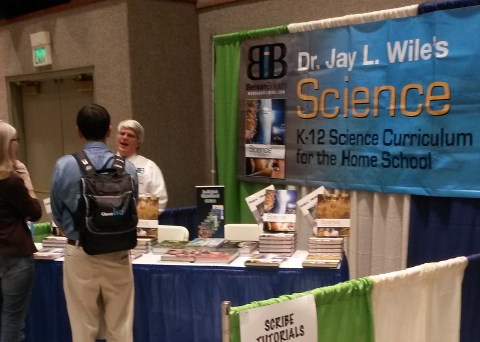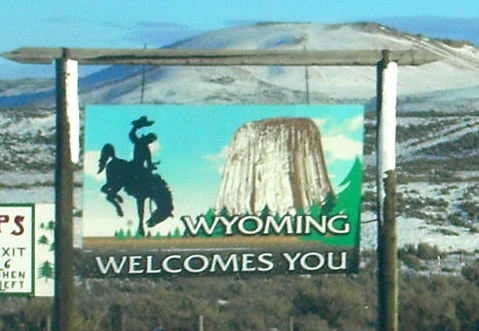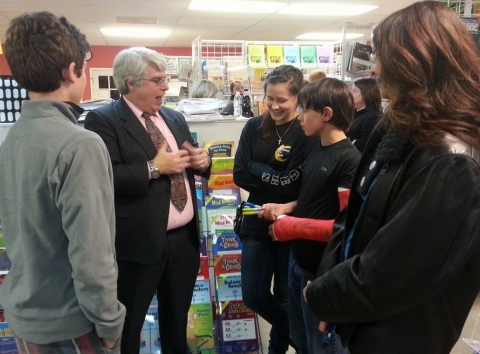
Last weekend, I spoke at the Texas Homeschool Convention. I already wrote about meeting Holocaust survivor Inge Auerbacher and hearing her talk at the convention, but now I want to discuss some other things that happened there.
It was a bit early for a homeschool convention (most of them run from mid March to late June), and it was the first time this convention had ever been held. As a result, I had no idea what to expect. I was incredibly surprised by the large attendance, and like the other Great Homeschool Conventions, this one ran quite smoothly. Overall, I was very pleased. I gave a total of five talks: Creation versus Evolution: Religion versus Science or Religion versus Religion?, The Creatures and Biological Structures Evolutionists Don’t Talk About, What I Learned by Homeschooling, College and Faith: What’s The Real Story?, and Reasonable Faith: The Scientific Case for Christianity. I had lots of good questions after the talks, one of which I will discuss below. However, before I discuss that question, I want to report about a few encounters I had at the convention that were particularly meaningful.
The first happened when I was at my publisher’s booth (pictured above). I typically hang out there between talks so I can answer questions about my courses and talk informally with the convention’s attendees. Early in the convention, a mother came by the booth and told me about her son. In early high school, he planned to go to college and get a degree in law or political science so that he could get involved in politics. However, he took my chemistry course in 10th grade, and soon after that, he changed his mind. He is now a chemistry major at university, and he plans to continue on to get his PhD! He credits my chemistry course for sparking his love of chemistry and helping him do so well at university.
Now, of course, I love stories like this. However, that was just the beginning. Later on, a high school student came to talk with me. He said that he was planning on studying Russian at university, but after taking my chemistry course, he has decided to major in chemistry! I thought it was pretty amazing to hear two such “conversion” stories at one convention, but then I heard yet another. A high school student came to me and told me that she really didn’t know what she wanted to do with her life, but after studying two of my courses, she has decided to major in some scientific field when she goes to university!
This isn’t the first time I have heard “conversion” stories like these, but hearing them at this convention was particularly meaningful, because I had recently finished Bill Nye’s awful book, Undeniable. In that book, he claims that students who are taught creationism will “never feel the joy of discovery that science brings.” In my review of the book, I said that this is demonstrably false, as I know several students who have said that using my creationist science courses caused them to study science at university. Some of them have graduated and are now doing scientific research. However, Nye’s ignorant statement was still fresh in my mind at the convention, and these three different personal encounters at the convention confirmed how incredibly wrong it is.









